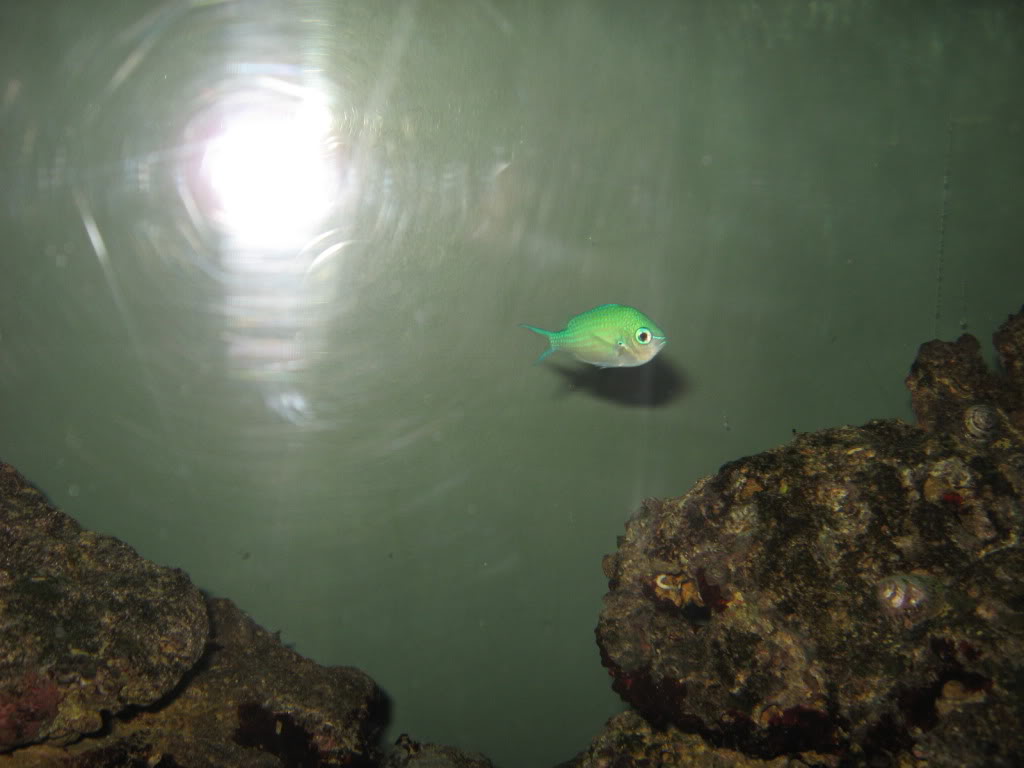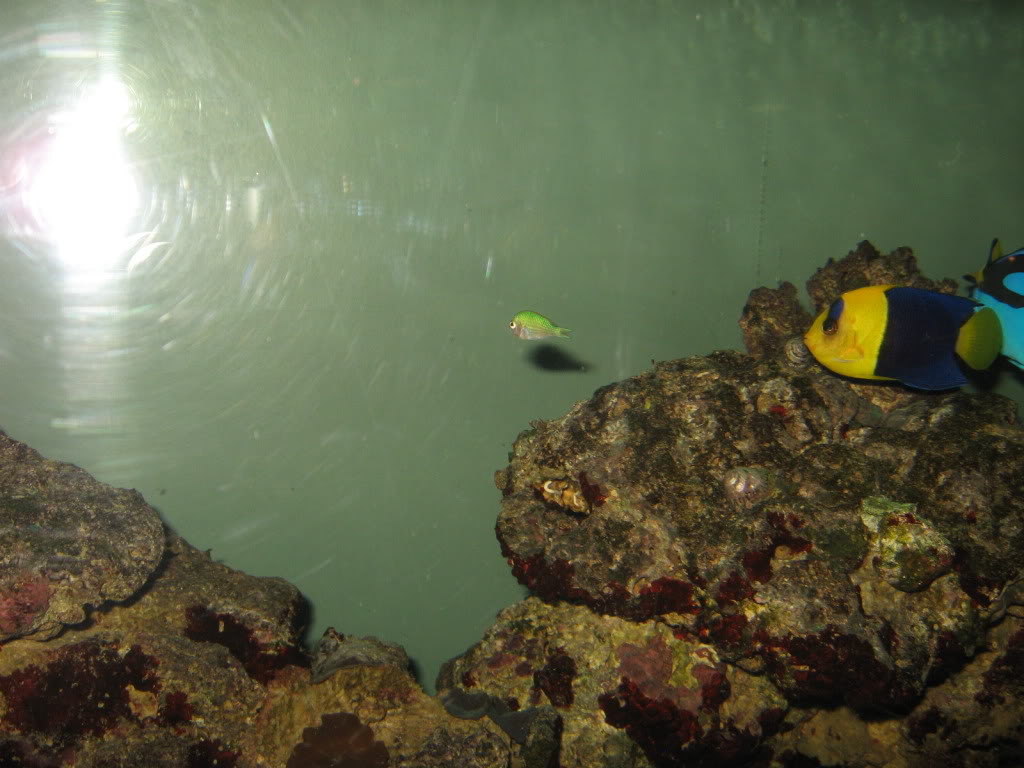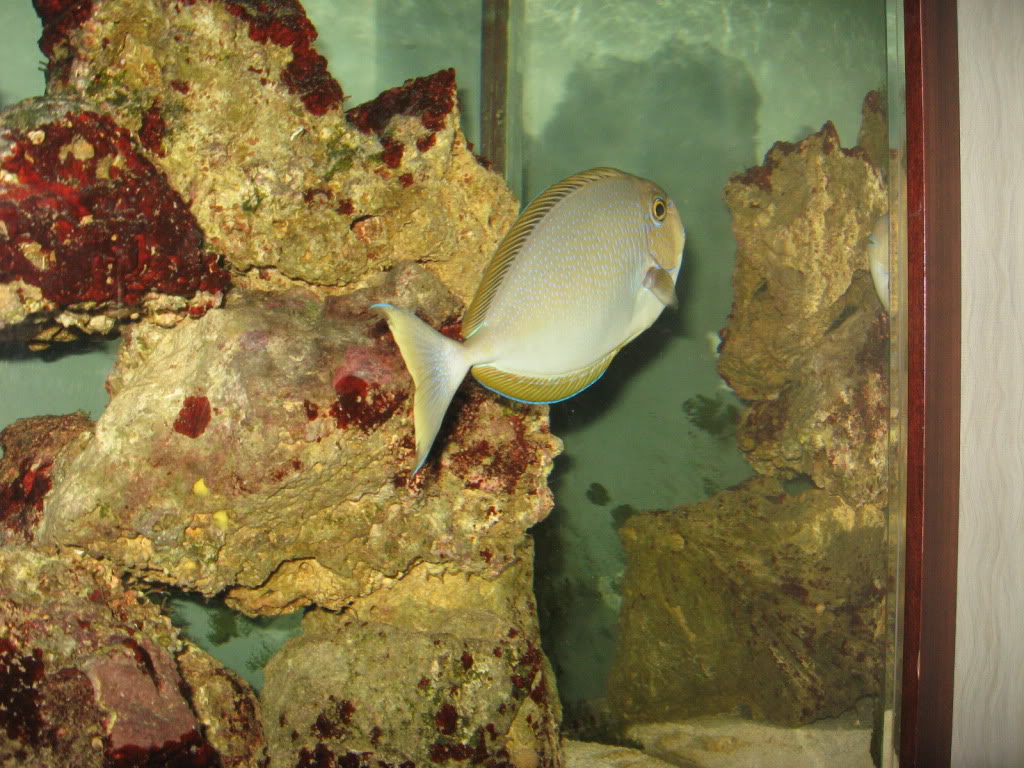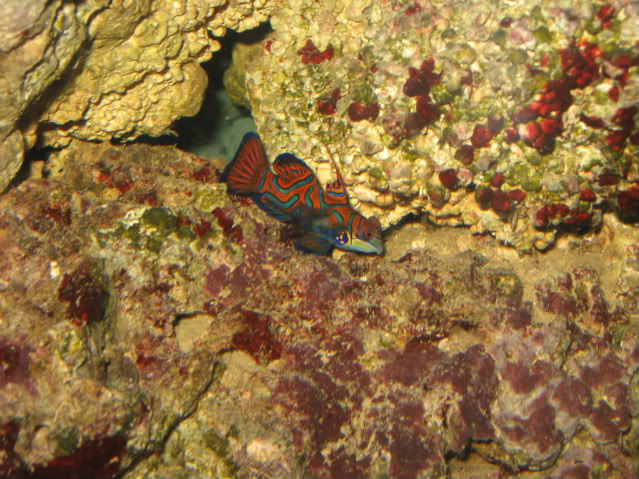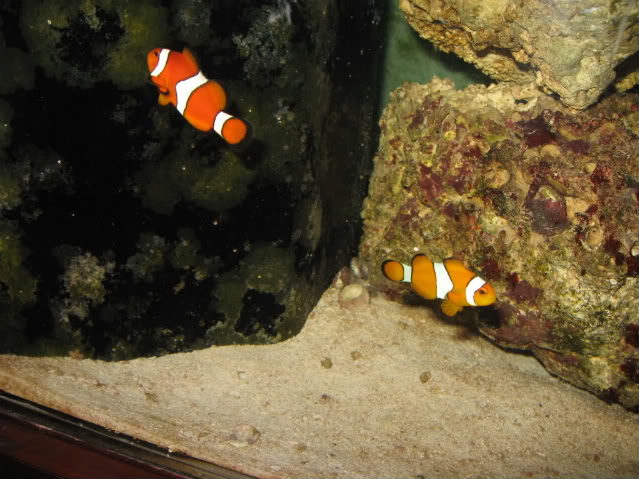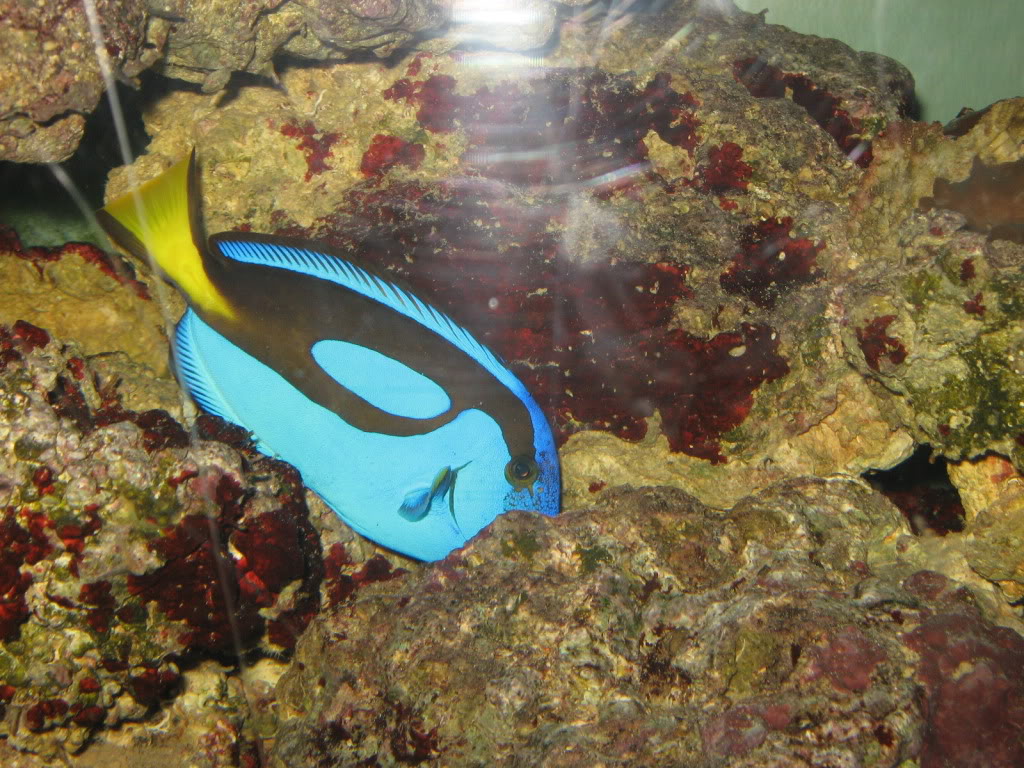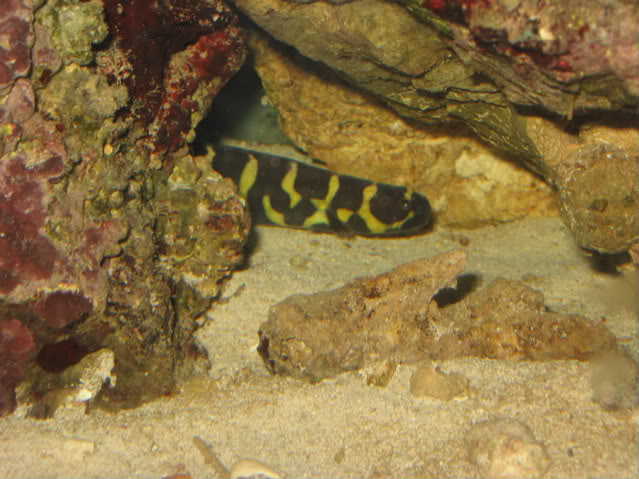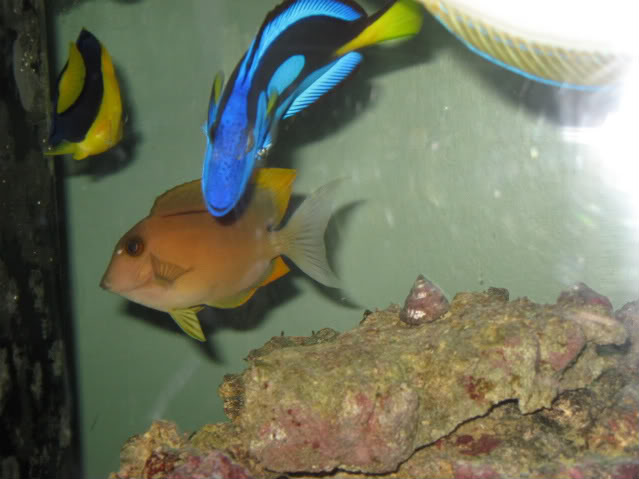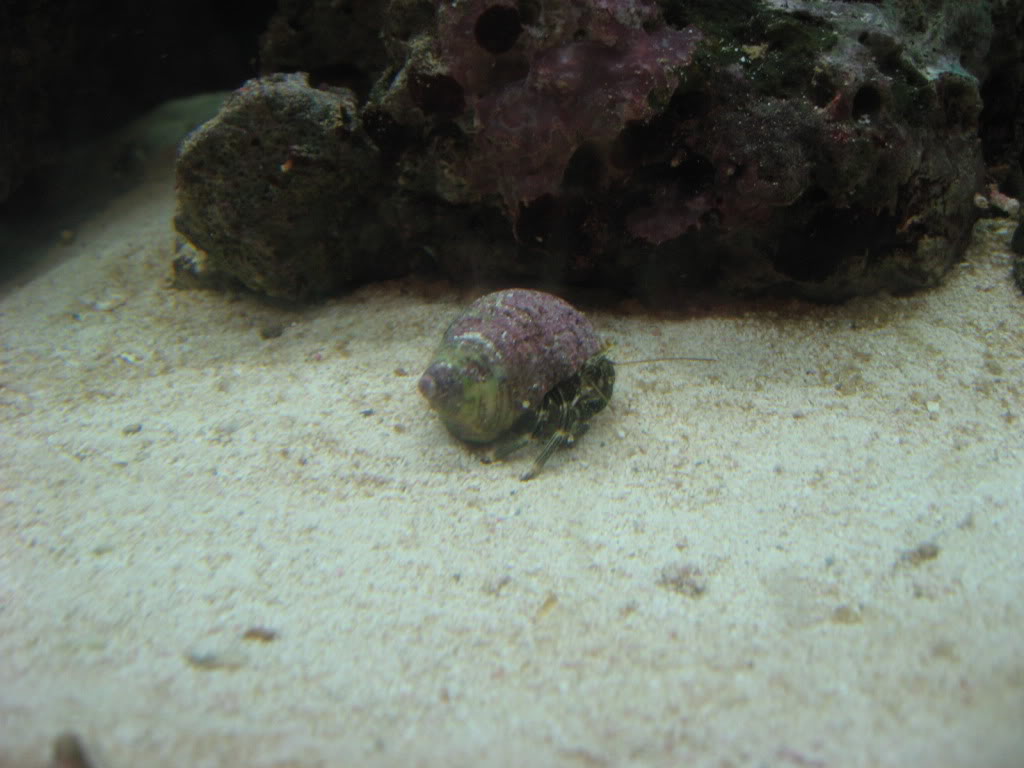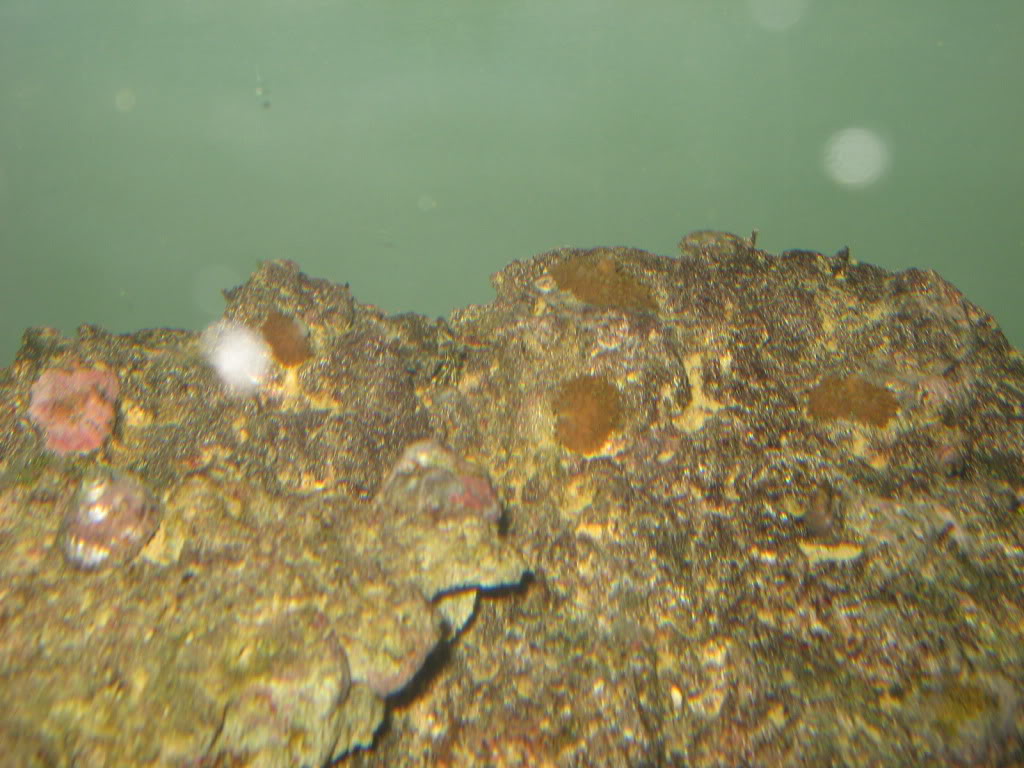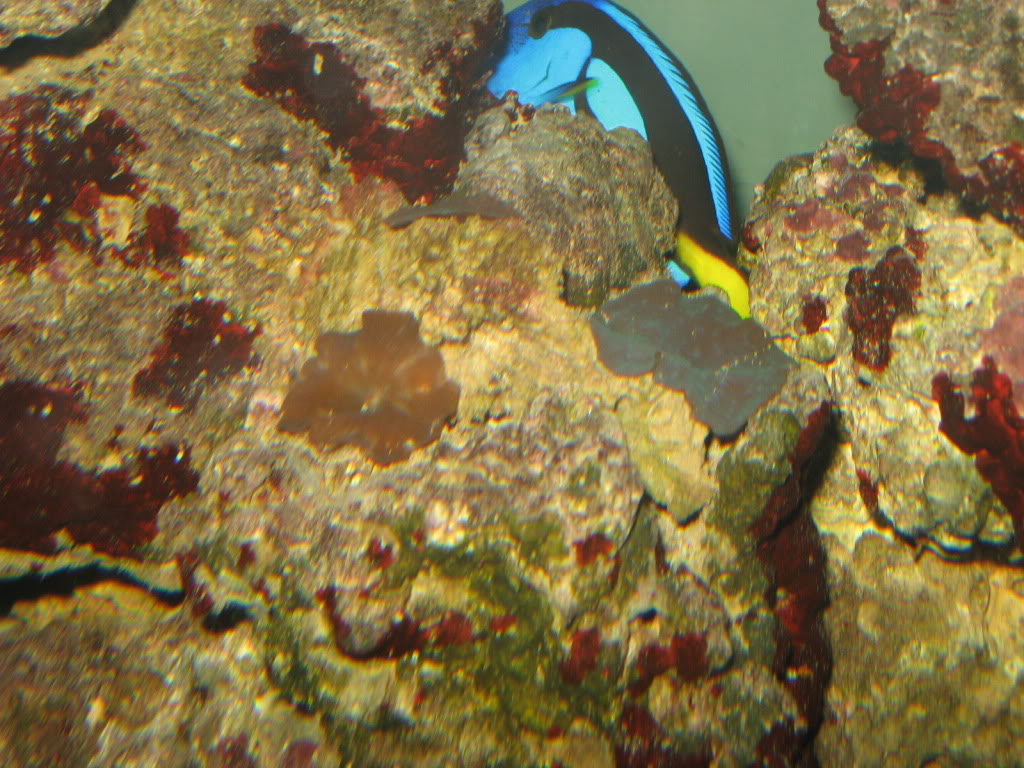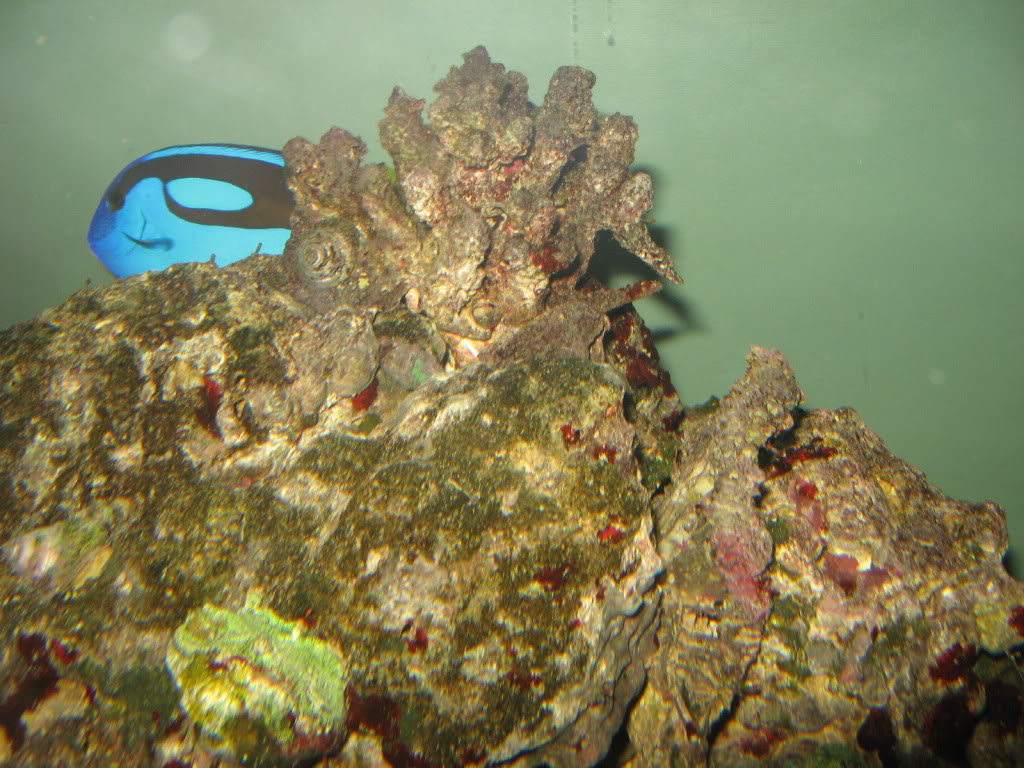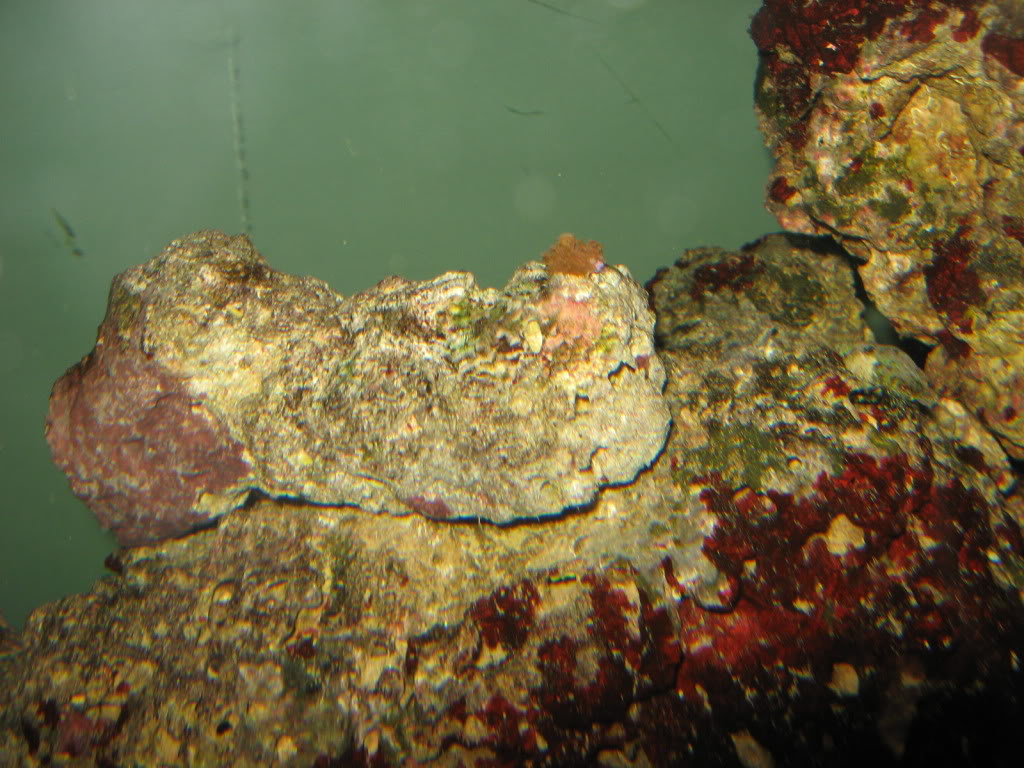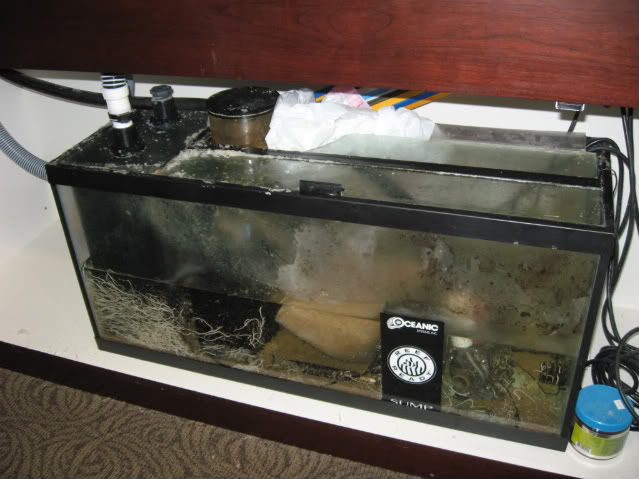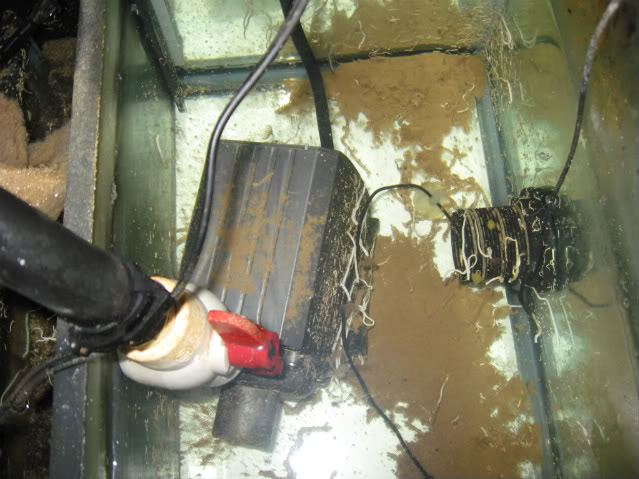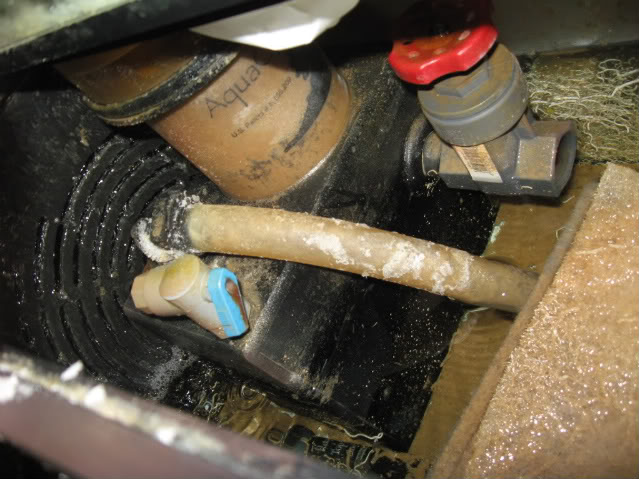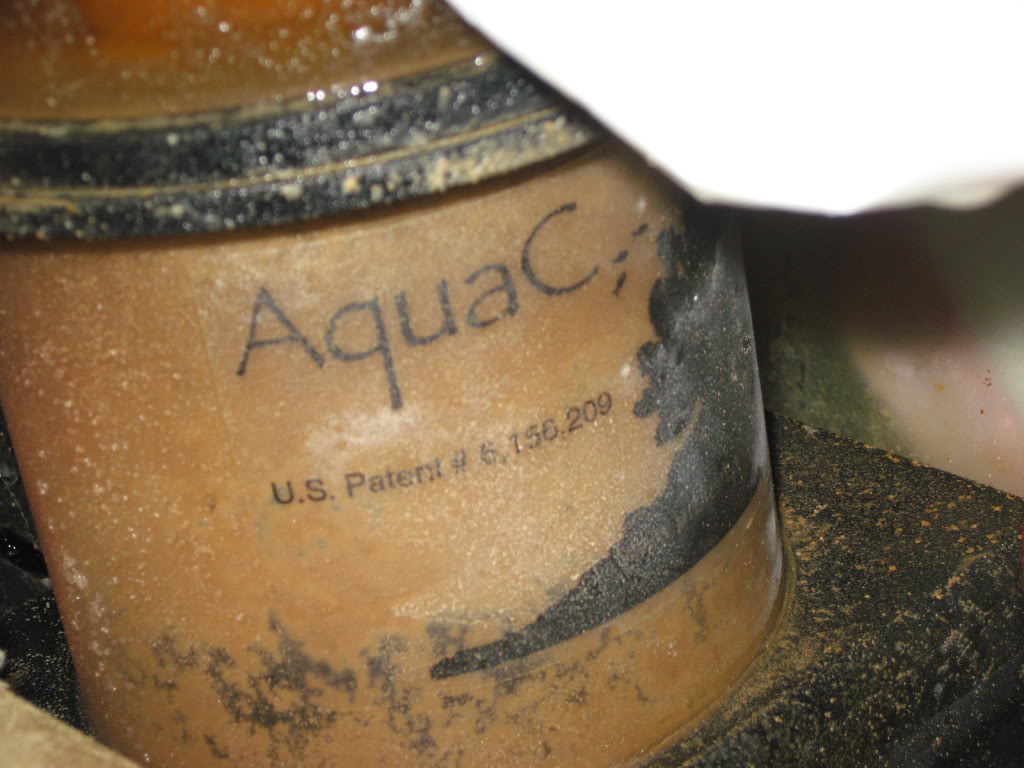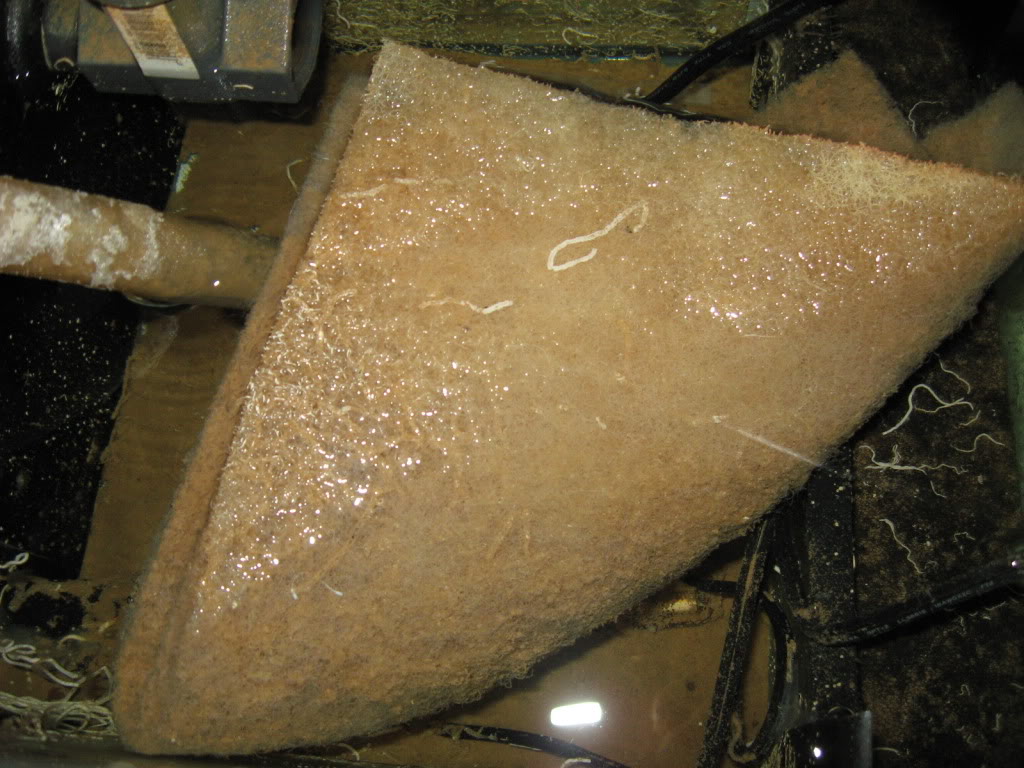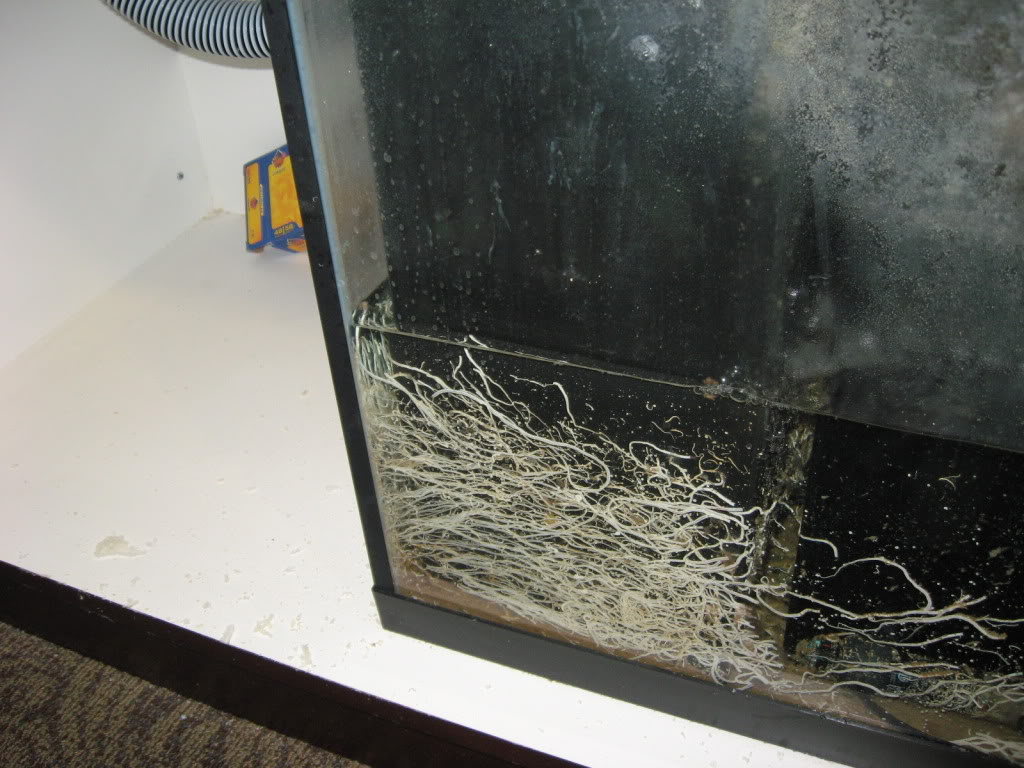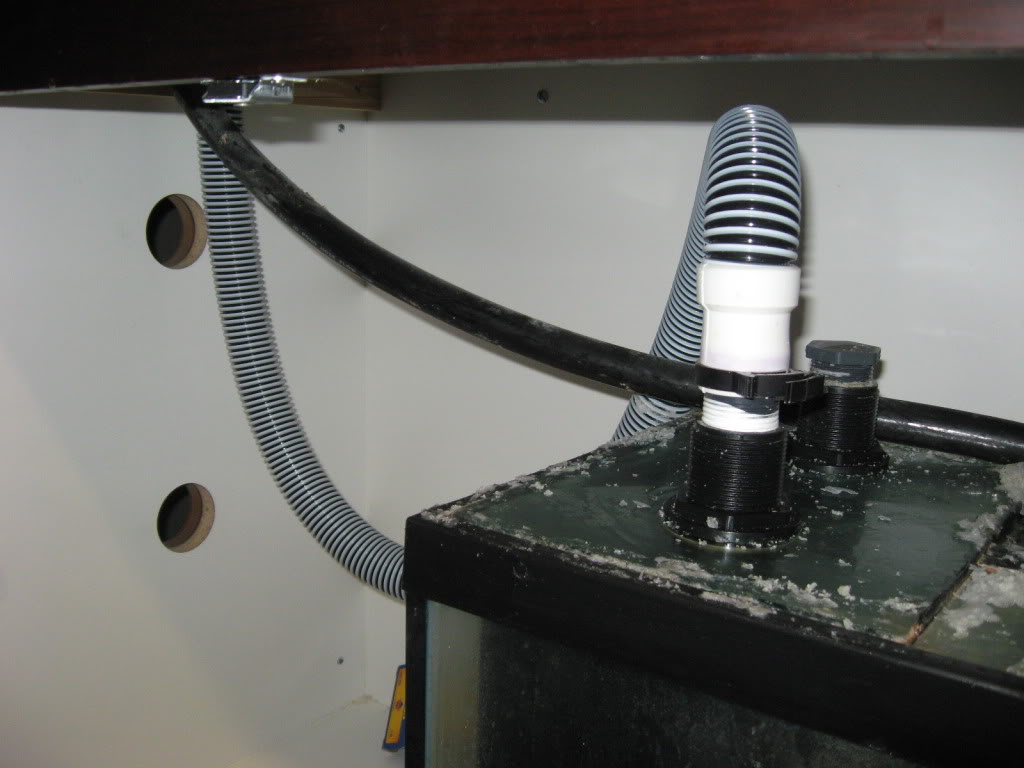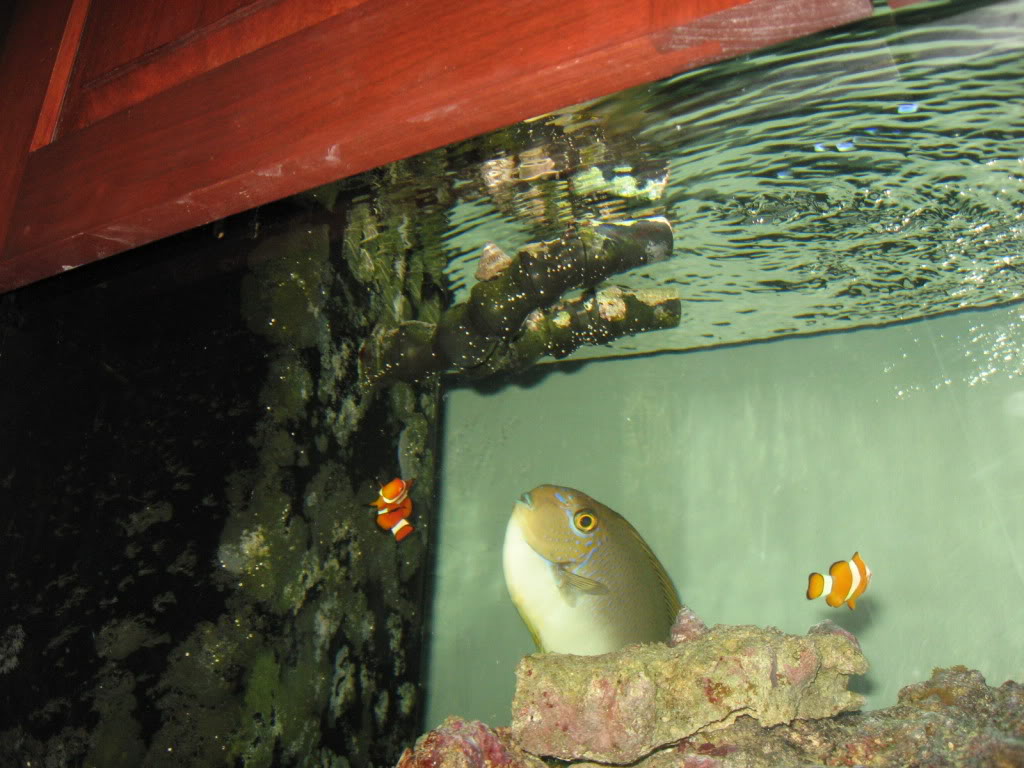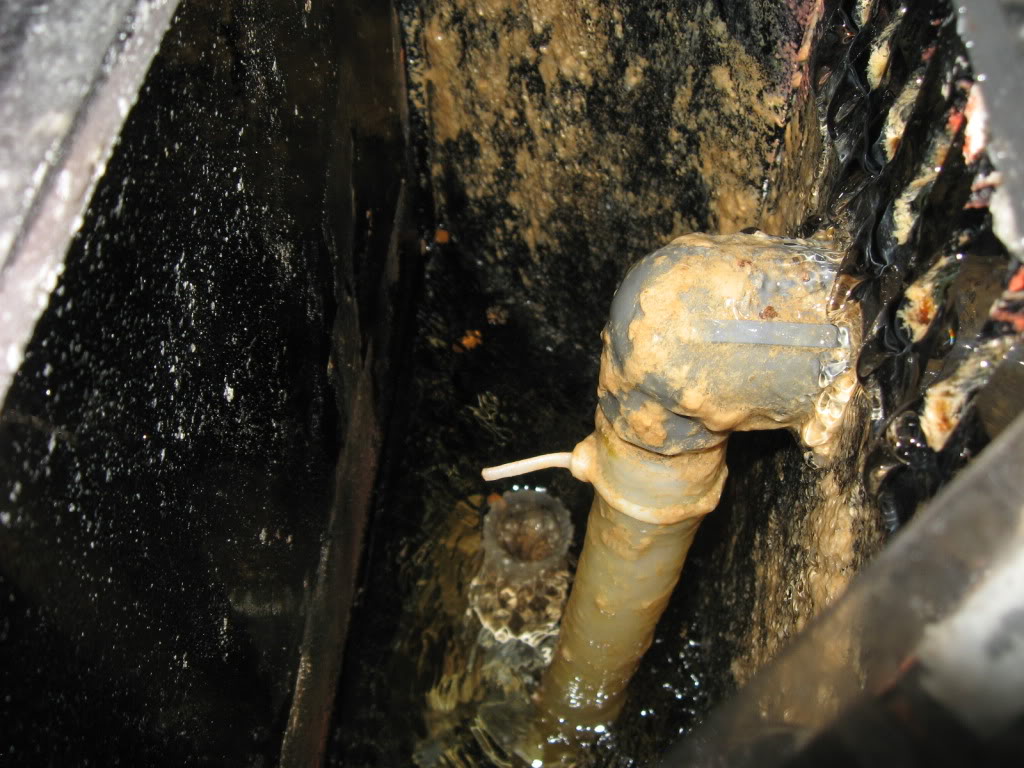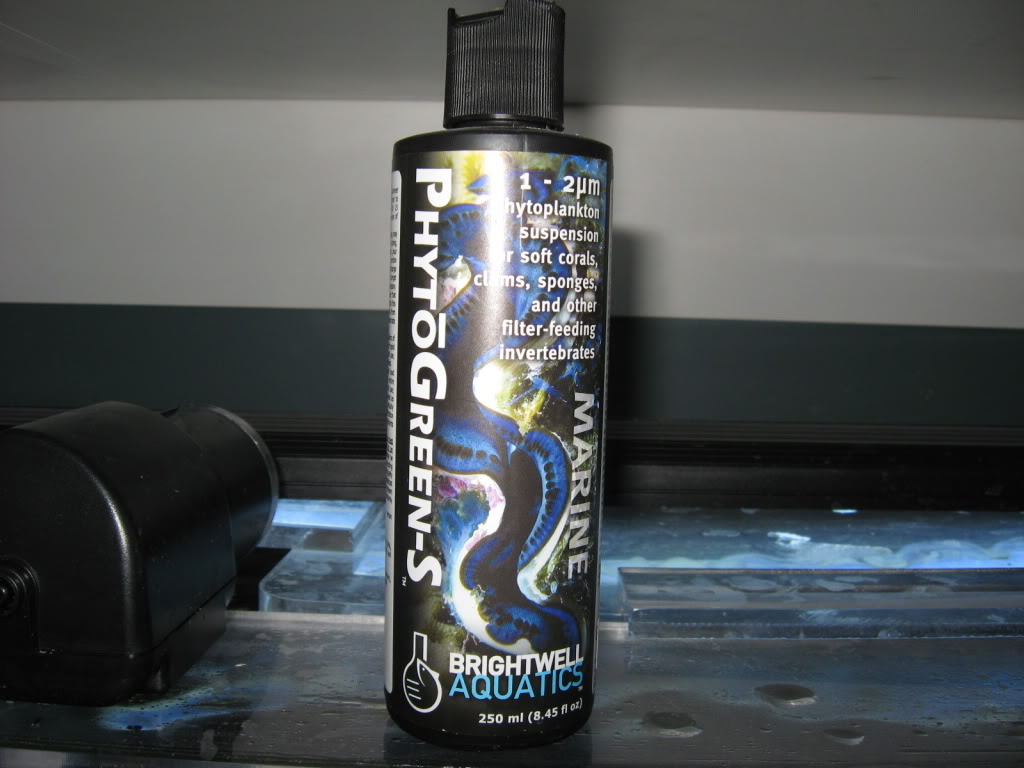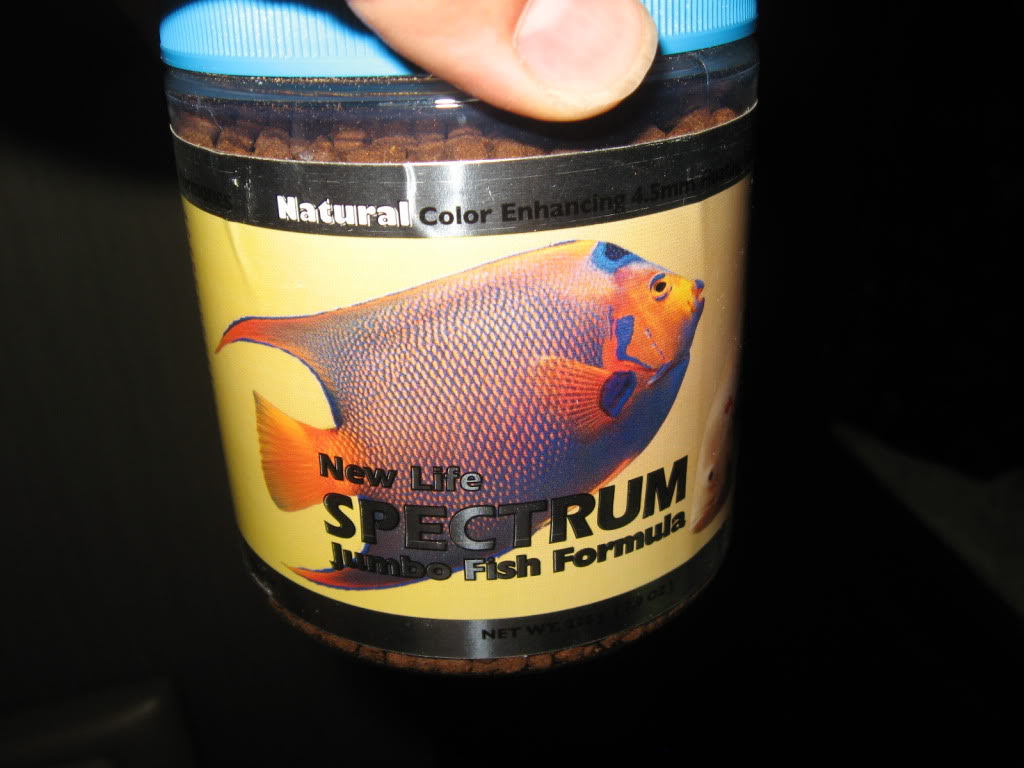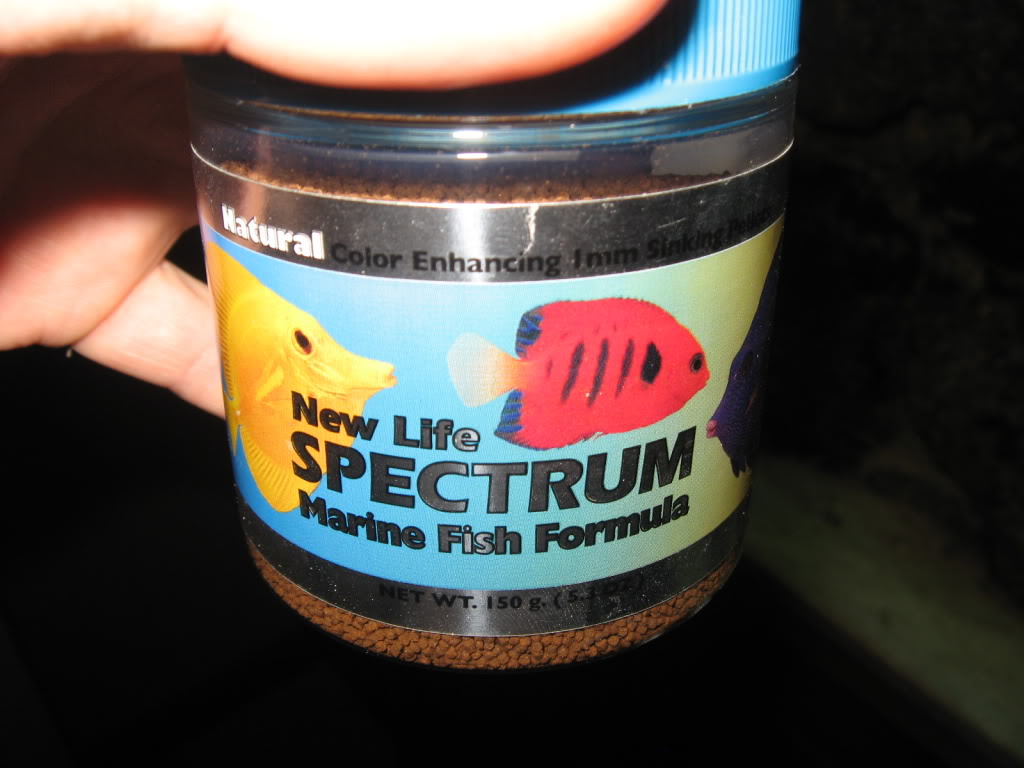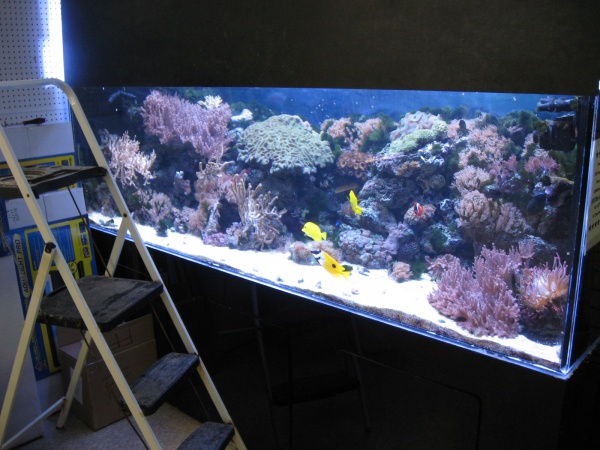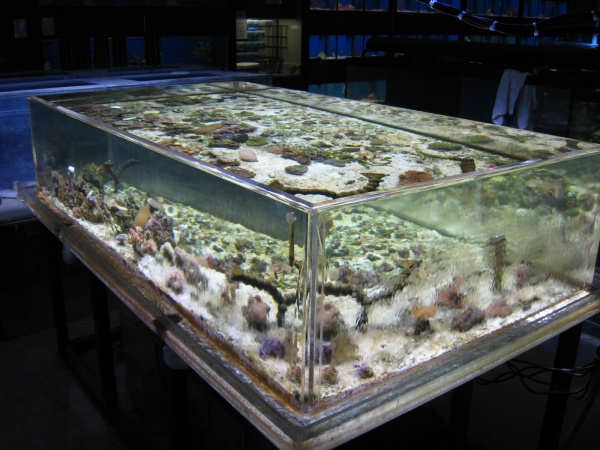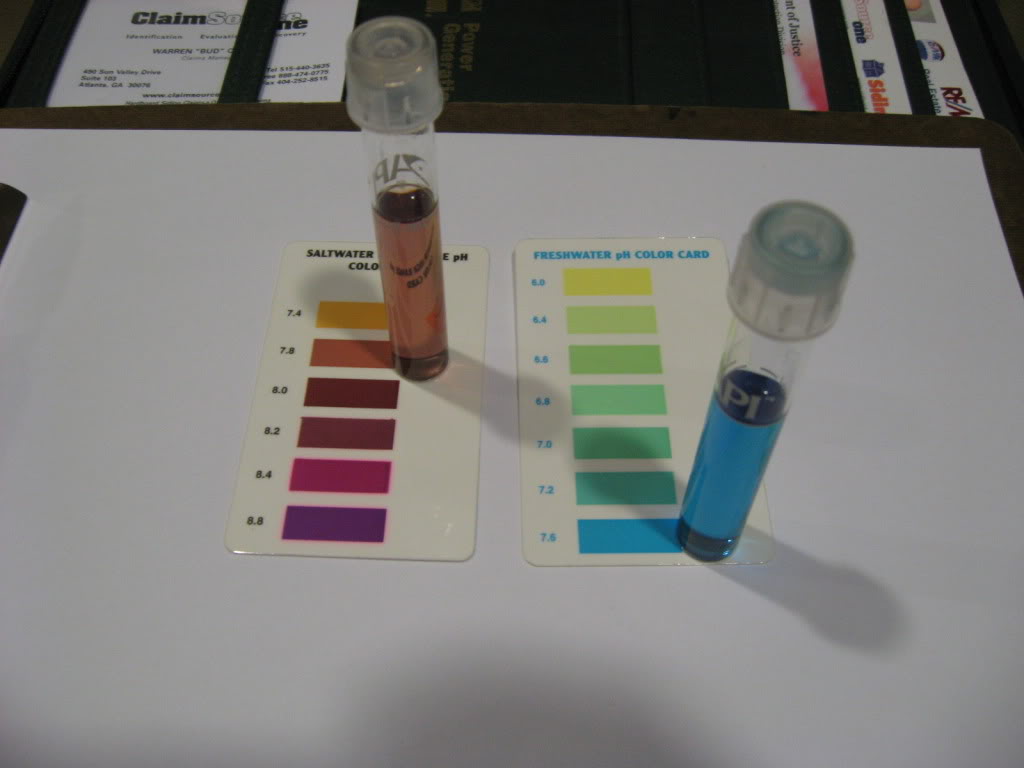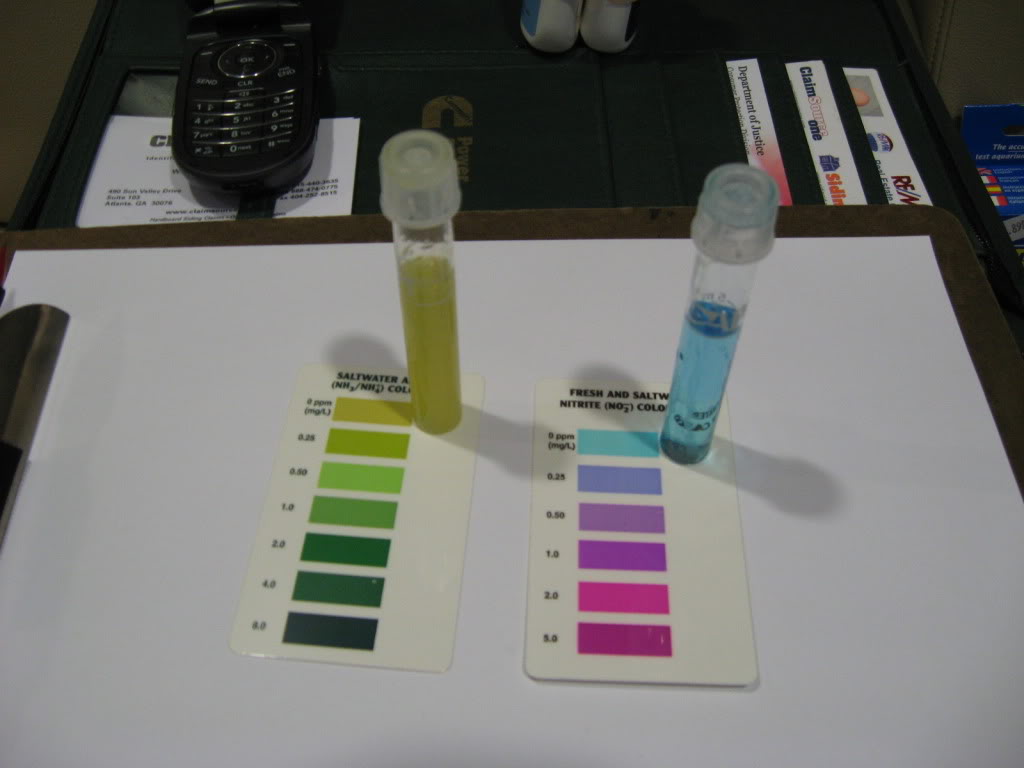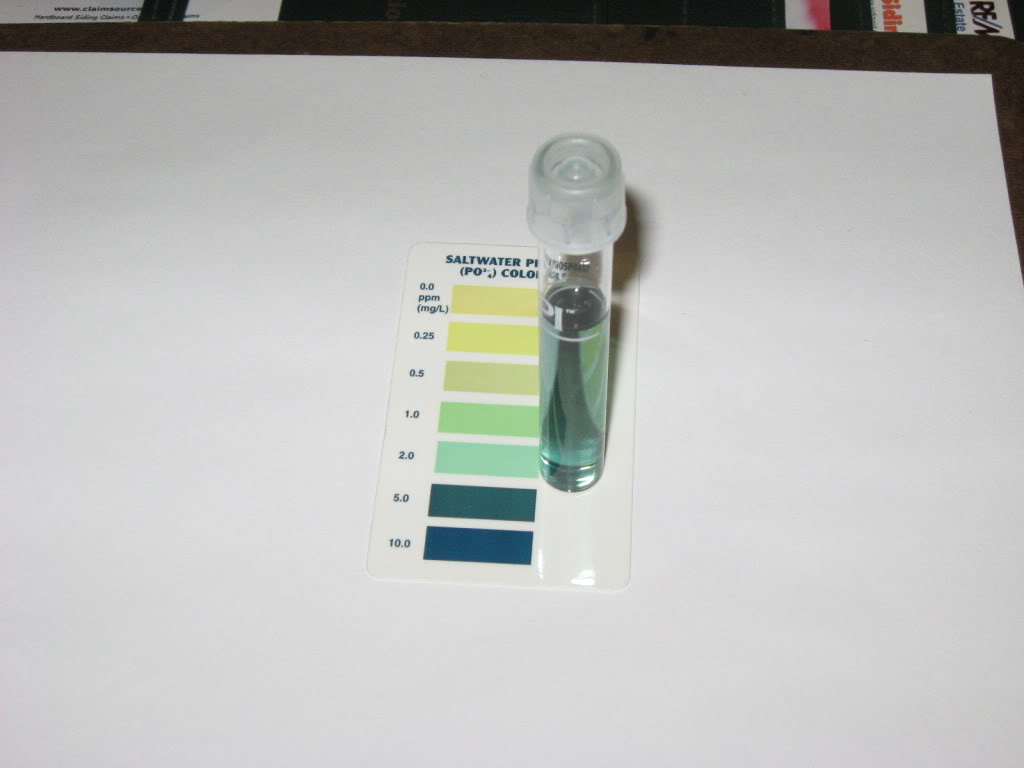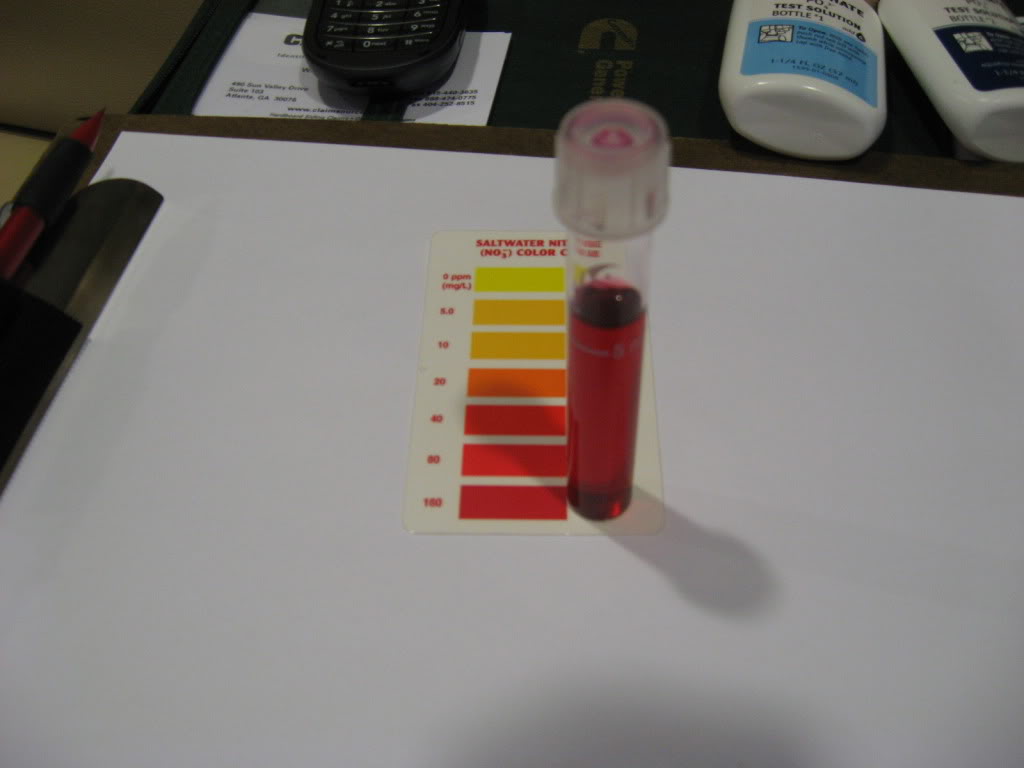Floyd R Turbo
Aquarium Advice Addict
I had to split this into 5 posts because of the 8 picture limit. Here's part 1
Ok, so here's the story. Bear with me here, this is a long thread opener, but I am hoping to get some sound advice, or confirmation of what I feel should be done
I have never kept a SW tank myself, but I've read several books on the subject. I have an Electrical Engineering degree and I've always been very detail oriented. I've learned a ton from just reading up on threads on this website over the past year, and recently purchased this tank
http://www.aquariumadvice.com/forums/f14/possibly-my-first-sw-tank-121196.html#post1036547
from a guy locally who didn't have a place to put it. In conversations with him, he told me that he has a 120g reef in his office that is doing OK, but it doesn't have that 'pop' he really wants. This is a well-established tank, it has been in place for over a year (18 months I believe), some of the fish were transferred into it
The amazing thing is that he has had 2 local people who work at reputable non-box LFSs service his tank. The first one 'kept moving stuff around, re-arranging the tank, and I guess caused some damage to his office setting it up or something. The second (current) company/guy comes in twice a month, and the owner wasn't sure how much or how often he was doing PWCs, but he thought it was monthly. He mentioned to me that he really wanted to get some nice looking corals growing, that he had some at one time, but they're pretty much shrunk down to nothing, and it didn't seem like the other company cared a whole lot about it. All this, and they're charging him $200/month to basically do water changes, clean and test, if that. So here's a set of pictures of his current situation
Full tank shot, Acrylic 120g, several hundred pounds of LR and about 1cm of sand, so SSB
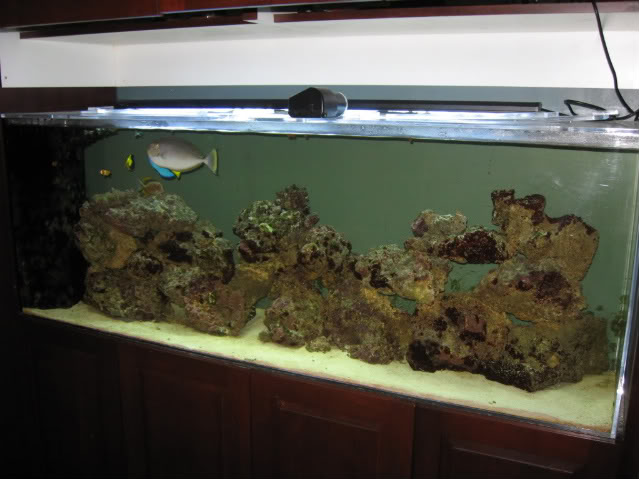
As for the light fixture, that's a temporary one, the ballast on his CF set went bad, so he's running a 4' T5 (ho?) 10000K and Actinic in a Coralife strip, which is melting the guard as you can see in these pics
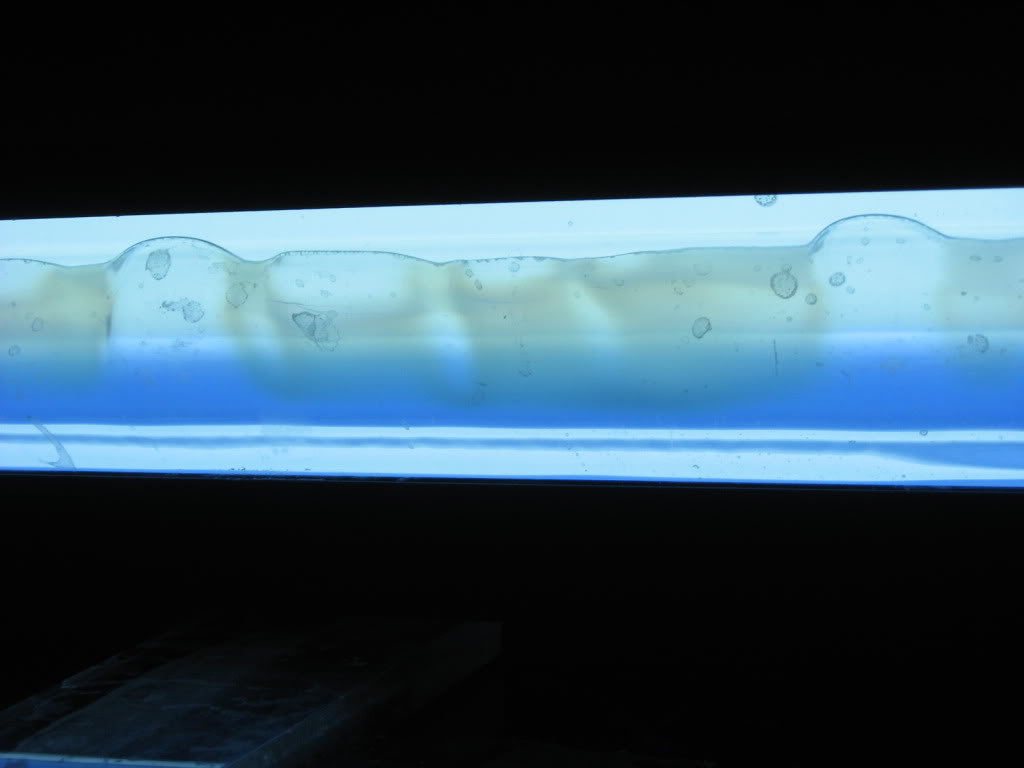
[FONT="]
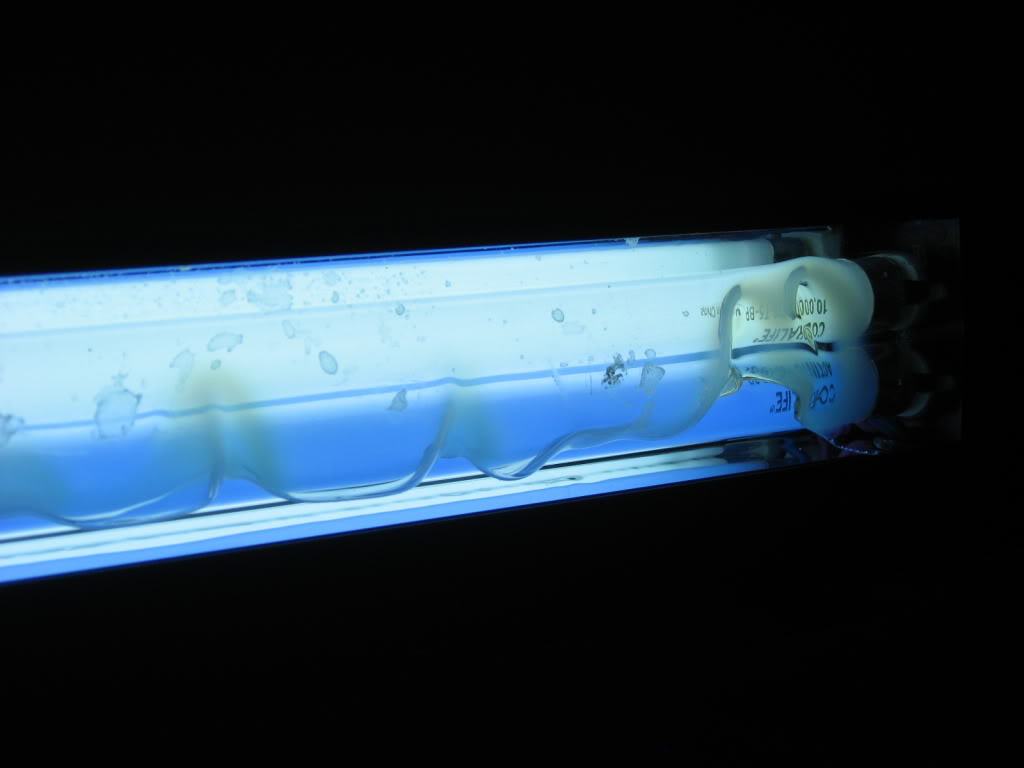
[/FONT]
Ok, so here's the story. Bear with me here, this is a long thread opener, but I am hoping to get some sound advice, or confirmation of what I feel should be done
I have never kept a SW tank myself, but I've read several books on the subject. I have an Electrical Engineering degree and I've always been very detail oriented. I've learned a ton from just reading up on threads on this website over the past year, and recently purchased this tank
http://www.aquariumadvice.com/forums/f14/possibly-my-first-sw-tank-121196.html#post1036547
from a guy locally who didn't have a place to put it. In conversations with him, he told me that he has a 120g reef in his office that is doing OK, but it doesn't have that 'pop' he really wants. This is a well-established tank, it has been in place for over a year (18 months I believe), some of the fish were transferred into it
The amazing thing is that he has had 2 local people who work at reputable non-box LFSs service his tank. The first one 'kept moving stuff around, re-arranging the tank, and I guess caused some damage to his office setting it up or something. The second (current) company/guy comes in twice a month, and the owner wasn't sure how much or how often he was doing PWCs, but he thought it was monthly. He mentioned to me that he really wanted to get some nice looking corals growing, that he had some at one time, but they're pretty much shrunk down to nothing, and it didn't seem like the other company cared a whole lot about it. All this, and they're charging him $200/month to basically do water changes, clean and test, if that. So here's a set of pictures of his current situation
Full tank shot, Acrylic 120g, several hundred pounds of LR and about 1cm of sand, so SSB

As for the light fixture, that's a temporary one, the ballast on his CF set went bad, so he's running a 4' T5 (ho?) 10000K and Actinic in a Coralife strip, which is melting the guard as you can see in these pics

[FONT="]

[/FONT]

